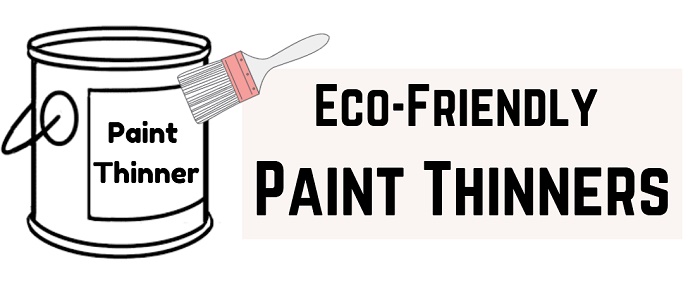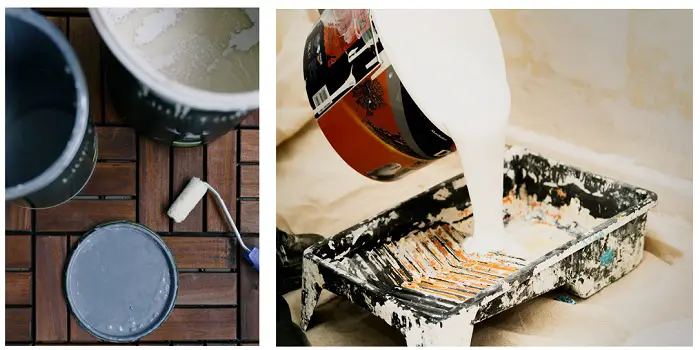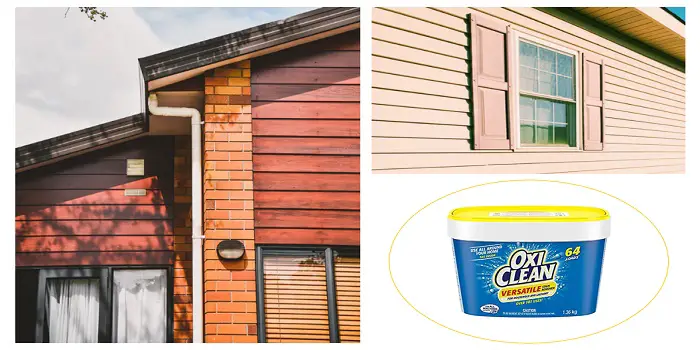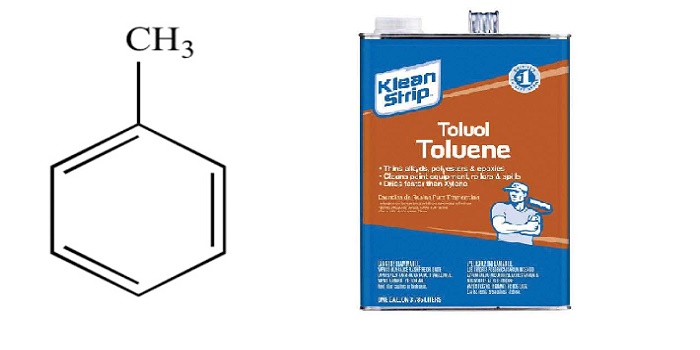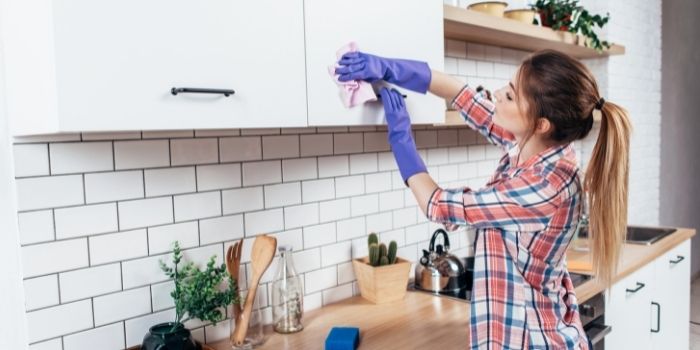
Rubbing alcohol is isopropyl alcohol that has been slightly diluted with water and is often used as a disinfectant.
The amount of water supplied influences the strength of the solution.
The two most common concentrations on store shelves are 70% rubbing alcohol (7:3 ratio of alcohol and water, respectively).
And 99% rubbing alcohol (99:1 ratio of alcohol and water, respectively).
When cleaning with rubbing alcohol, concentration is very important.
Contrary to popular belief, a lower concentration may be a more efficient disinfectant because the increased water content slows evaporation and allows the alcohol to kill germs for longer.
Here is a step-by-step process for cleaning the surfaces from rubbing alcohol:
Step #1
Find the appropriate rubbing alcohol from a nearby convenience shop.
70% rubbing alcohol is commonly available in 16-ounce canisters.
This concentration is an excellent cleaning solution.
Step #2
Hands should be thoroughly washed with soap and hot water.
Allow drying fully as this will keep your germs from spreading onto the surface you’re cleaning.
Step #3
Rubbing alcohol should be rubbed into the towel.
You may do this by placing a towel over the open top of the alcohol and pouring the liquid straight over the cloth.
Wear rubber or latex gloves if you are worried about getting alcohol on your hands.
Step #4
Using the towel, apply the alcohol to the appropriate surface.
Rubbing alcohol is excellent for cleaning doorknobs, counters, and other hard surfaces.
If you want to disinfect glass surfaces using rubbing alcohol, dilute it with water first; diluting the material makes a softer cleaner that is better for delicate surfaces.
Rubbing alcohol may also be used to remove the glue.
Pour a little rubbing alcohol over a tough sticker or lay a cotton ball soaked in rubbing alcohol over the area to loosen a spot of solidified adhesive.
Allow it to rest for about 10 minutes before buffing away the glue with a cloth or lifting it with a rubber scraper.
Rubbing alcohol is also used as a pesticide by some amateur gardeners.
In a spray bottle, combine equal parts rubbing alcohol and water, then add a spritz of dish soap.
The soap functions as a surfactant, allowing the alcohol solution to stick to the plant for an extended period which further adds up to its effectiveness.
Directly spray the liquid over a tiny part of an affected plant.
After a day or two, inspect the area to see whether the solution harmed the plant; if not, you may treat the whole plant with your rubbing alcohol spray.
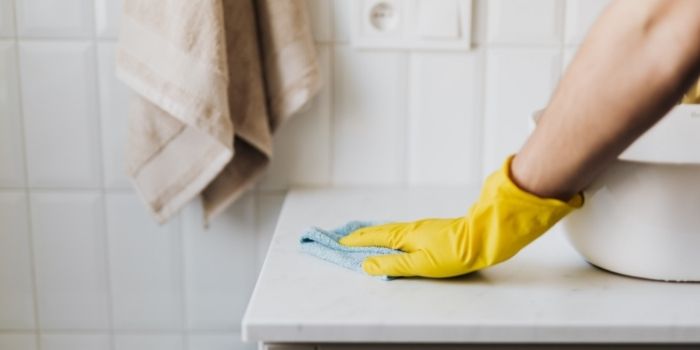
Safe Disposal of Rubbing Alcohol
When it comes to disposal, concentration is irrelevant. Rubbing alcohol of all types may be disposed of in the same manner.
They may be safely disposed of by dumping them down a domestic drain.
Run the water, then carefully pour the alcohol down the drain while continuing to run the water for a few seconds.
Even if your property has a septic system, pouring a little quantity of rubbing alcohol down a drain should be safe.
Dumping liters of alcohol into the septic tank may upset the bacterial equilibrium, but the contents of a single bottle should not be a serious issue.
Pour rubbing alcohol only down a residential drain and never into the ground or any other outside site where it may end up in a stormwater drain.
If you’re disposing of significant amounts of rubbing alcohol or have any concerns regarding safe rubbing alcohol disposal in your region, contact the municipal office that handles hazardous trash.
How to Get Rid of the Smell of Rubbing Alcohol
Rubbing alcohol has a pungent stench that lingers in the air and on whatever you put it on.
Excessive rubbing alcohol inhalation may result in unpleasant symptoms like dizziness, headaches, etc.
Here are some methods to get rid of the rubbing alcohol smell.
1- Removing Rubbing Alcohol
The first step in eradicating the stench of rubbing alcohol is to remove any extra rubbing alcohol from countertops, upholstery, and other areas.
Rubbing alcohol’s disinfecting and deodorant effects do not need its continued presence on the object.
Rinse with water or wipe with a moist towel to remove rubbing alcohol from nonporous surfaces.
If there is rubbing alcohol on the upholstery, use a paper towel to absorb any extra rubbing alcohol before wiping it off with a moist washcloth.
2- Ventilation
Even after all traces of the chemical have been removed, the odor of rubbing alcohol usually remains in the air.
Open the doors to all of your home’s rooms.
This permits the odor to spread and lose its potency.
Increase ventilation by opening a window and using a fan to speed up the elimination of the odor.
3- Masking
The stench of rubbing alcohol usually goes away as it dries.
Masking the scent might be beneficial if the stench persists after ventilating your house and eliminating excess alcohol.
Odor elimination sprays, which are widely available in drugstores and supermarkets, may successfully cover the odor of rubbing alcohol until it disappears on its own.
Avoid using fragrances and air fresheners, which might amplify the unpleasant odor.
4- Precautions
Never put rubbing alcohol-stained garments in the washing machine.
Instead, hand washes the garments until the rubbing alcohol scent has faded.
Failure to do so may result in fire danger.
Also, avoid wearing rubbing alcohol-stained clothing.
While the stench persists, be careful of lighting matches or starting a fire in your fireplace.
Rubbing alcohol is moderately flammable and, if sufficiently soaked, may ignite a fire.
Share the post "How to Use Rubbing Alcohol for Cleaning and Paint Prep?"

Douglas Becker (aka Painter Doug) has over twenty years of experience as a painter in Adkins, Texas. At present, he resides in Florida with his family.
From painting multi-storeyed houses, condos, and apartments to large commercial buildings and small offices, he had served various customers in areas not only in Adkins but also in Southwest Florida, Sarasota, Naples, and many more. To know more about him check here.

